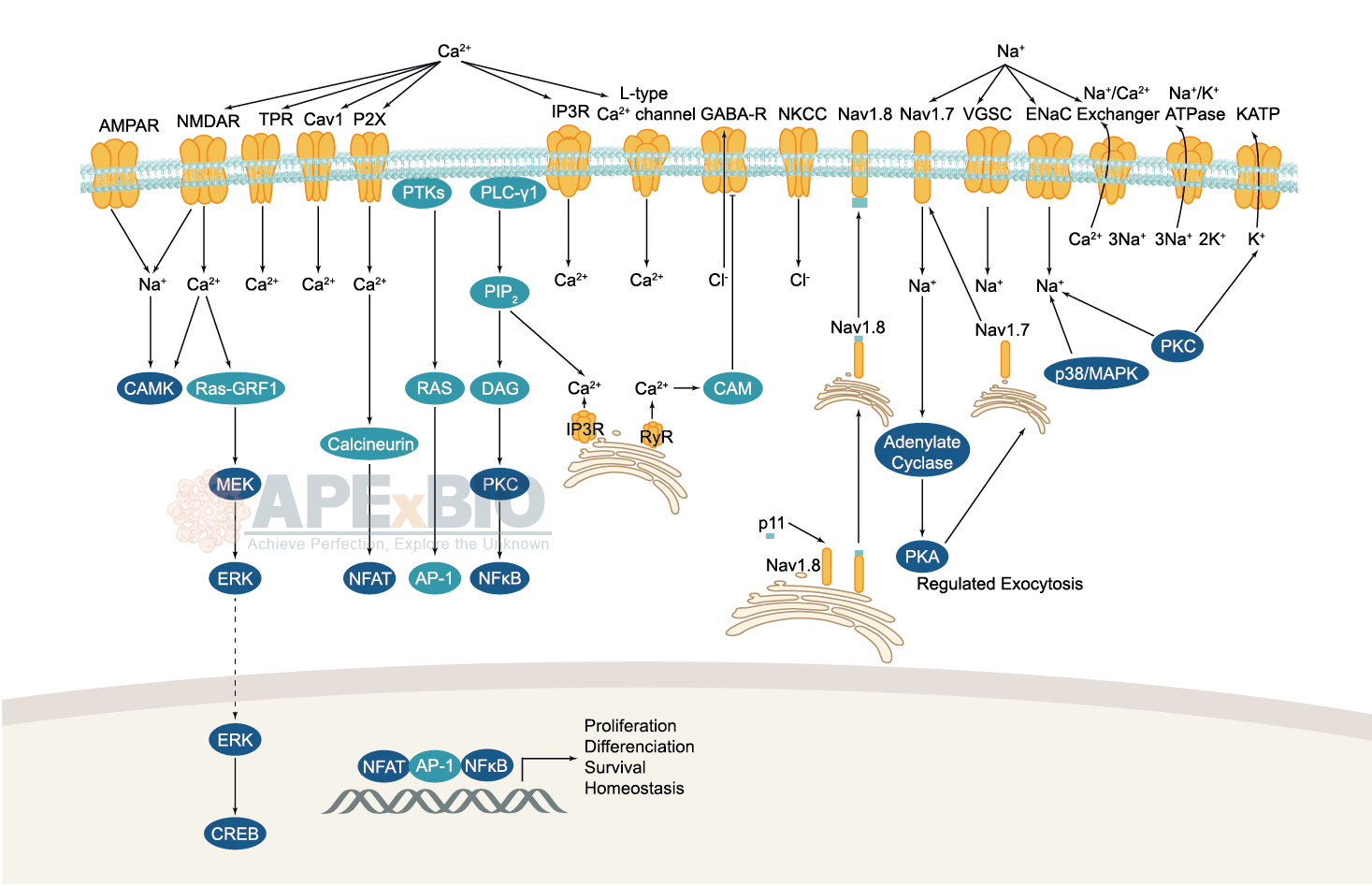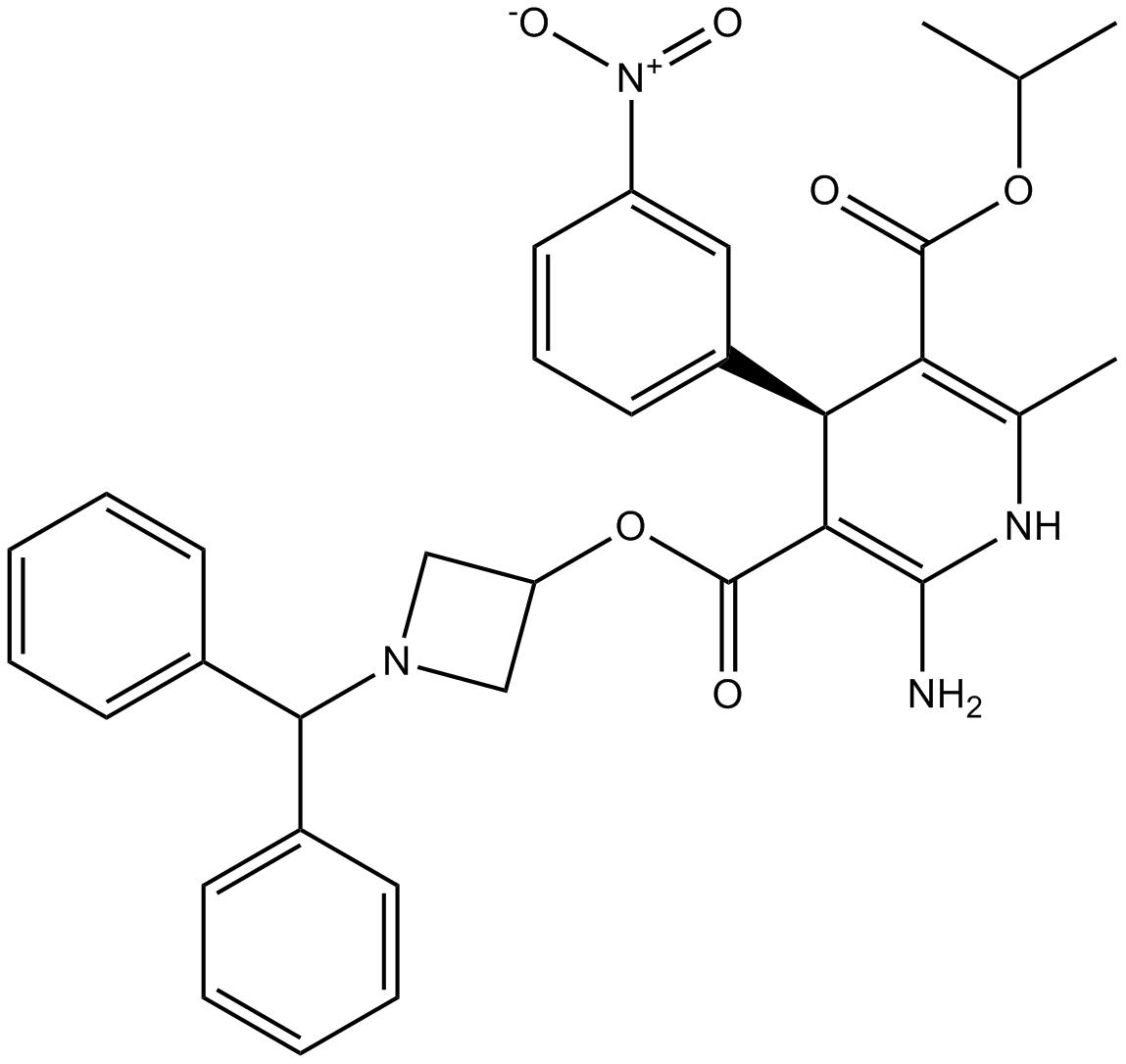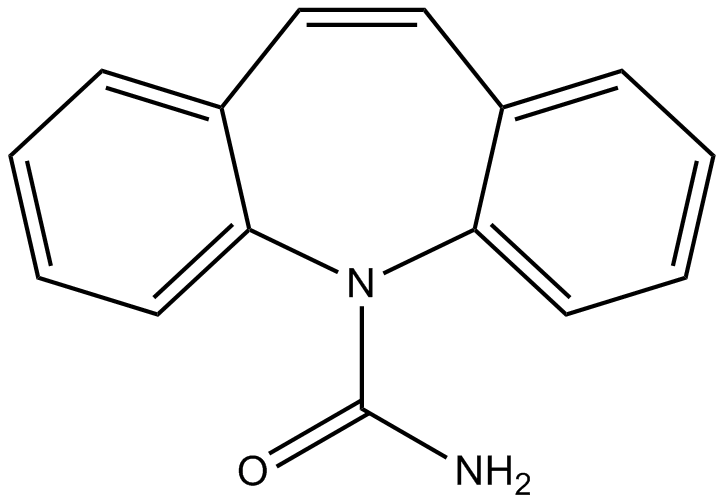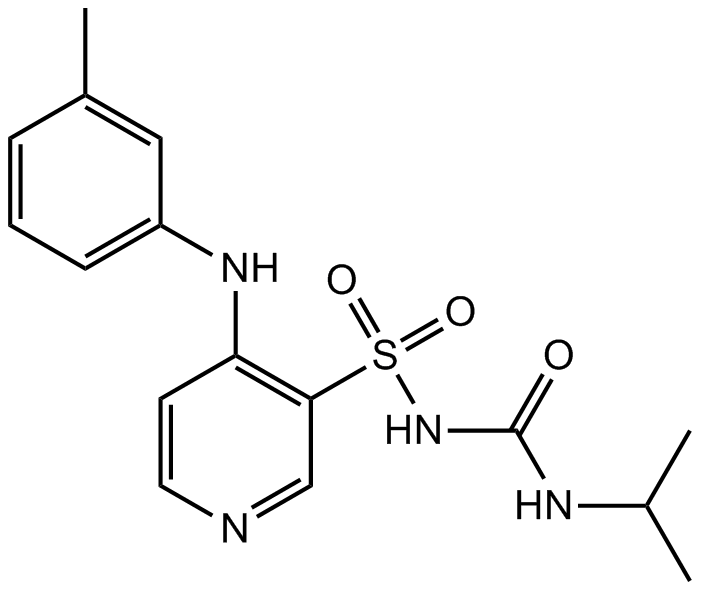Membrane Transporter/Ion Channel


Membrane Transporters mediate the movement of ions and molecules via binding and moving the substance across the membrane. There are two main actions of transporter: facilitated diffusion (passive transport) and active transport. Membrane transporters which bind the hydrolysis of ATP to the transport of target molecules are referred to as ATPases. For instance, Na+,K+-ATPases or Na+,K+-pumps are responsible for the transport of Na+ out of and K+ into cells.
Ion channels are pore-forming membrane proteins which allow the flow of ions across the membrane. The ion channels can be broadly grouped into six families including calcium channels, chloride channels, potassium channels, sodium channels, gap junction proteins and porins. Not all ion channels are gated, such as certain type of K+ and Cl– channels, transient receptor potential superfamily of cation channels, the ryanodine receptors and the IP3 receptors, but most Na+, K+, Ca2+ and some Cl– channels are all gated by voltage. Ligand-gated channels are regulated in response to ligand binding (e.g. neurotransmitters signaling). These ligand-gated neurotransmitter receptors are known as ionotropic receptors. Various neurotransmitters couple to ionotropic receptors such as glutamate, acetylcholine, glycine, GABA, and serotonin.
-
 B1867 Verapamil HCl1 CitationTarget: Voltage-gated Calcium Channels (CaV)Summary: L-type calcium channel blocker
B1867 Verapamil HCl1 CitationTarget: Voltage-gated Calcium Channels (CaV)Summary: L-type calcium channel blocker -
 B1414 AzelnidipineSummary: L-type calcium channel blocker;antihypertensive
B1414 AzelnidipineSummary: L-type calcium channel blocker;antihypertensive -
 B1289 MinoxidilSummary: Kir6 channel (KATP) activator.
B1289 MinoxidilSummary: Kir6 channel (KATP) activator. -
 B2279 OxcarbazepineSummary: BTX inhibitor
B2279 OxcarbazepineSummary: BTX inhibitor -
 B1231 Zonisamide sodiumSummary: Antiepileptic drug
B1231 Zonisamide sodiumSummary: Antiepileptic drug -
 B2093 FelbamateSummary: antagonist at the NMDA-associated glycine binding site
B2093 FelbamateSummary: antagonist at the NMDA-associated glycine binding site -
 B1145 Felbamate hydrateSummary: N-methyl-D-aspartate (NMDA) inhibitor
B1145 Felbamate hydrateSummary: N-methyl-D-aspartate (NMDA) inhibitor -
 B2056 TrichlormethiazideSummary: thiazide diuretic
B2056 TrichlormethiazideSummary: thiazide diuretic -
 B1390 CarbamazepineSummary: Inhibitor of neuronal voltage-gated Na+ channels
B1390 CarbamazepineSummary: Inhibitor of neuronal voltage-gated Na+ channels -
 B2055 TorsemideSummary: pyridine-sulfonyl urea type loop diuretic
B2055 TorsemideSummary: pyridine-sulfonyl urea type loop diuretic


